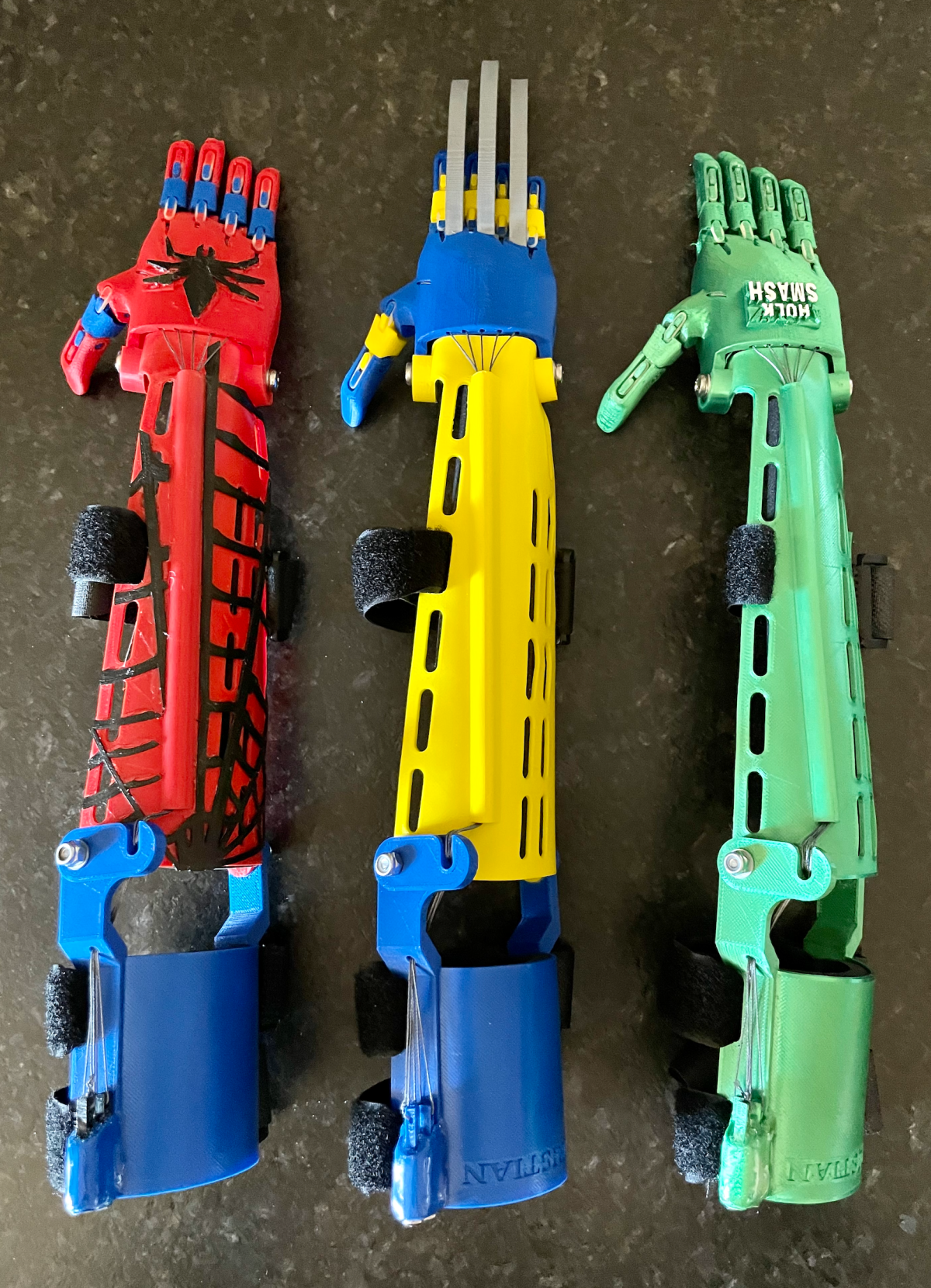
Optimizing iPhone Color Production
by Deepak Arora
In this real-world STEM lesson, students take on the role of product planners at Apple to determine the optimal production mix of iPhone 16 colors that maximize profit while considering demand, capacity, and material constraints. They learn linear programming by formulating a mathematical model and defining decision variables, objective functions, and constraints. Students solve the problem using graphical methods or software, interpret solutions, and discuss implications. A hands-on group project reinforces learning by applying linear programming to related product mix optimization scenarios. The lesson incorporates differentiation, enrichment, and practical applications to build problem-solving and mathematical modeling skills.
Lesson Plan Link/URL
https://docs.google.com/presentation/d/17YD-rKqot5uhDh-uNdgJHFYPgf0HHUs1/edit?u…Subject Area
Technology 3. Knowledge Constructor 5. Computational Thinker Engineering S3: Apply Mathematics to Engineering Mathematics Expressions and Equations (EE) Functions (F) Algebra (A) Reasoning with Functions and Relations (RFR)
Featured
Off
Related Content

Grades:
9th Grade, 10th Grade, 11th Grade, 12th Grade
This lesson uses a Modeling Instruction approach to developing the graphical and mathematical relationship commonly known as Newton's 2nd Law for students in Grades 9-12. Students design an experiment

Grades:
6th Grade, 7th Grade, 8th Grade, 9th Grade, 10th Grade, 11th Grade, 12th Grade
Be a part of the humanitarian effort and teach students how to create a fully functioning 3D printed prosthetic arm for a client in need. This lesson walks you through the process in a slideshow

Featured
Sphero Rocket Payload Mission
Grades:
9th Grade, 10th Grade, 11th Grade, 12th Grade
This lesson uses Sphero's "Rocket Payload" activity with the Outer Space Mat. The full lesson includes information on rocket payload, a Sphero coding challenge, a NASA link to read, optional questions